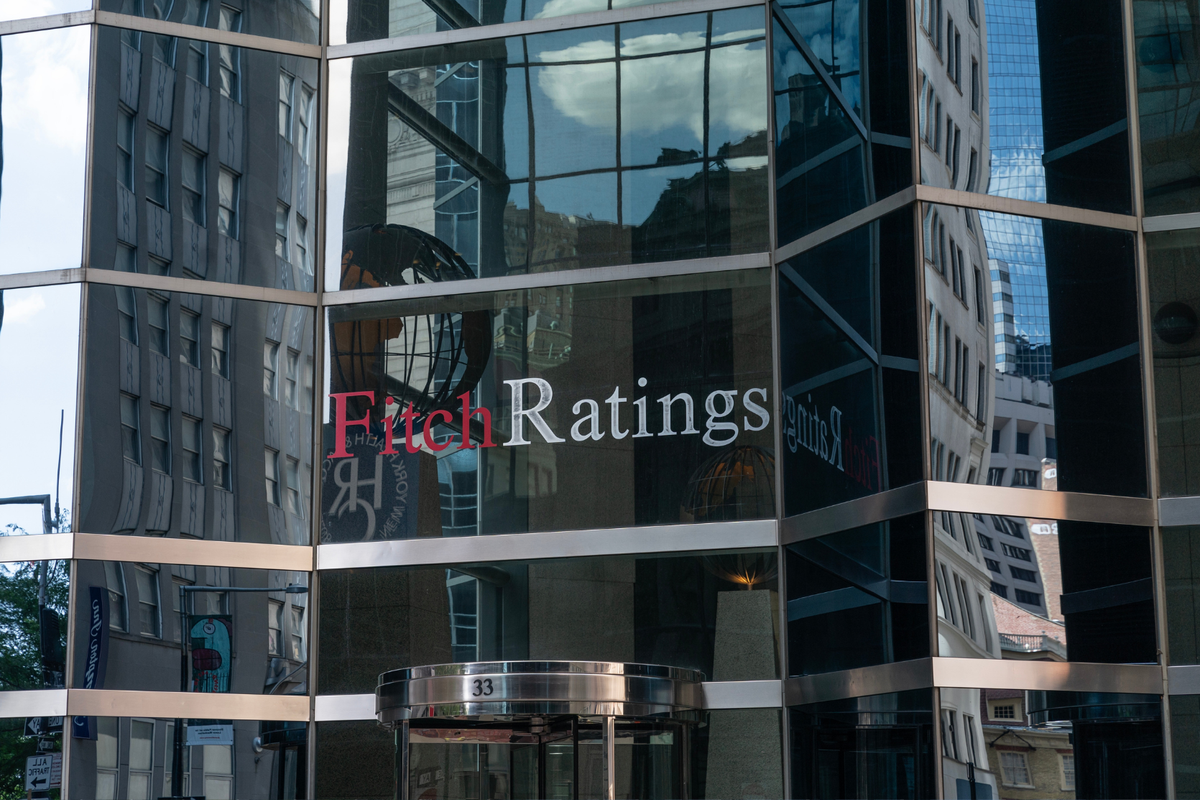US effective tariff rate falls to 13% after China duty rollback: Fitch
Fitch Ratings says tariff suspension marks de-escalation, but US trade barriers remain historically high
Business Desk
The Business Desk tracks economic trends, market movements, and business developments, offering analysis of both local and global financial news.

The United States' effective tariff rate (ETR) has dropped to 13.1% from 22.8% following the suspension of recent reciprocal tariffs on China, Fitch Ratings said in an update Monday. The change follows the Joint Statement on U.S.-China Economic and Trade Meeting held in Geneva on May 12.
The revision reflects the suspension of the 34% reciprocal tariff rate imposed by the U.S. on April 2 for a 90-day period, and the cancellation of further increases announced on April 8 and 9. While the reduction marks a significant de-escalation in trade tensions, Fitch noted that the updated ETR remains substantially higher than the 2.3% recorded at the end of 2024. The current level—last seen in 1941—continues to represent a high point in recent U.S. trade policy.
Fitch calculates ETR as total duties as a share of total imports, and the figure fluctuates with changes in import volumes and product origin. Despite the rollback, the U.S. ETR for Chinese imports remains the highest at 31.8%, including duties imposed before April and a 10% baseline tariff affecting most countries. This is down sharply from the April peak of 103.6%.
Other major trading partners such as Japan, Mexico, Canada, and Germany each face ETRs exceeding 10.5%, Fitch said.
The update comes via Fitch’s U.S. Effective Tariff Rate Monitor—an interactive tool that tracks the tariff burden across all U.S. trading partners and includes dynamic features. The monitor accounts for exemptions on products such as oil and gas, copper, and pharmaceuticals and allows users to simulate tariff policy shifts by modifying reciprocal rates and import levels.
Additionally, the tool provides standalone ETR and duty estimates for Canada and Mexico under the United States-Mexico-Canada Agreement (USMCA), which includes the application of a 10% tariff on potash and oil and gas imports.
Fitch noted that the tool will continue to be updated in response to material changes in U.S. tariff policies.










Comments
See what people are discussing